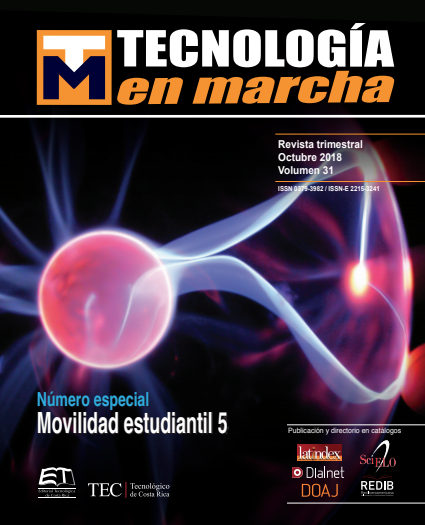Genetic algorithms as a mechanism for modelling gene interactions using time-course data
Main Article Content
Abstract
Gene interaction models are weighted graphs derived from replicates of gene abundance timecourse data, where each weighted edge is a probability of gene association. These interaction
models are a tool to assist biological researchers in understanding gene relationships. Two
new genetic algorithms, one fairly traditional and the other based on crossover with infrequent
application of a chaotic mutation operator, are developed specifically to produce gene
interaction models from sparse time-course abundance data. Both genetic algorithms evolve
a new population from a current population of directed acyclic graphs, each representing
a Bayesian model for possible gene interaction. The genetic algorithm fitness is the relative
posterior probability that a Bayesian model fits the gene abundance replicates. These Bayesian
likelihoods are computed using one of three analysis techniques: cotemporal, first order next
state and second order next state. The weighted gene interaction models reflect the directed
acyclic graphs and their likelihoods present in the final populations of numerous independent
genetic algorithm executions. Using a simulated set of genes, these two genetic algorithms
find the embedded signals and are consistent across analysis paradigms. Results from a set
of biological gene abundance data, from Arabidopsis thaliana stimulated by the plant hormone
auxin, are modeled.
Article Details
Los autores conservan los derechos de autor y ceden a la revista el derecho de la primera publicación y pueda editarlo, reproducirlo, distribuirlo, exhibirlo y comunicarlo en el país y en el extranjero mediante medios impresos y electrónicos. Asimismo, asumen el compromiso sobre cualquier litigio o reclamación relacionada con derechos de propiedad intelectual, exonerando de responsabilidad a la Editorial Tecnológica de Costa Rica. Además, se establece que los autores pueden realizar otros acuerdos contractuales independientes y adicionales para la distribución no exclusiva de la versión del artículo publicado en esta revista (p. ej., incluirlo en un repositorio institucional o publicarlo en un libro) siempre que indiquen claramente que el trabajo se publicó por primera vez en esta revista.

